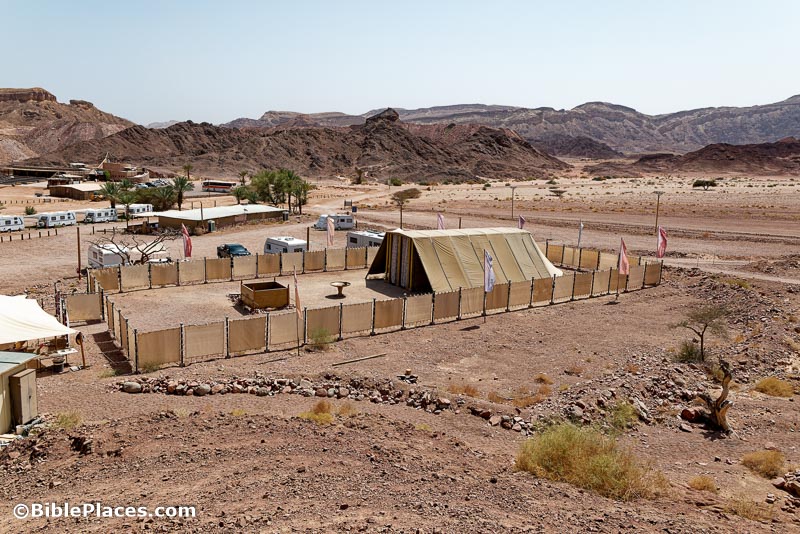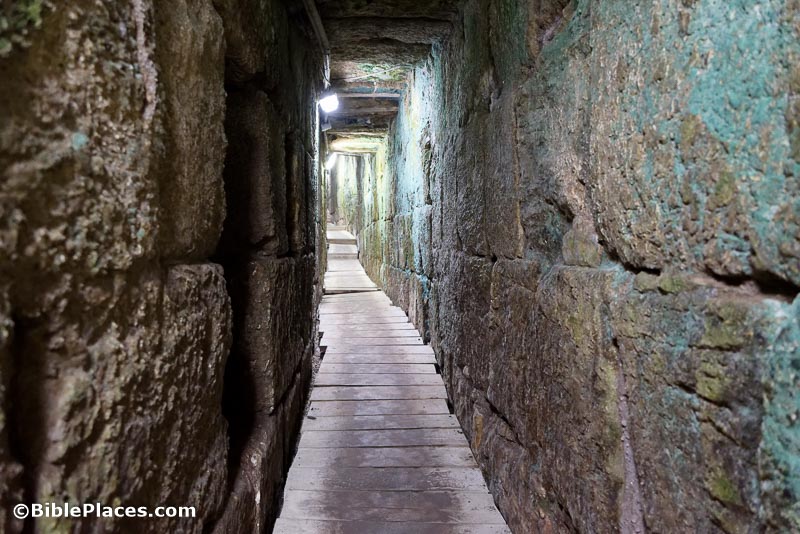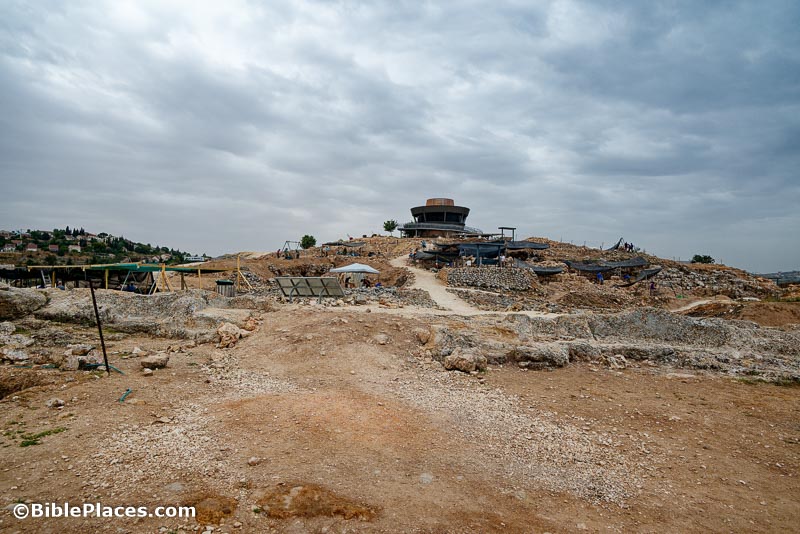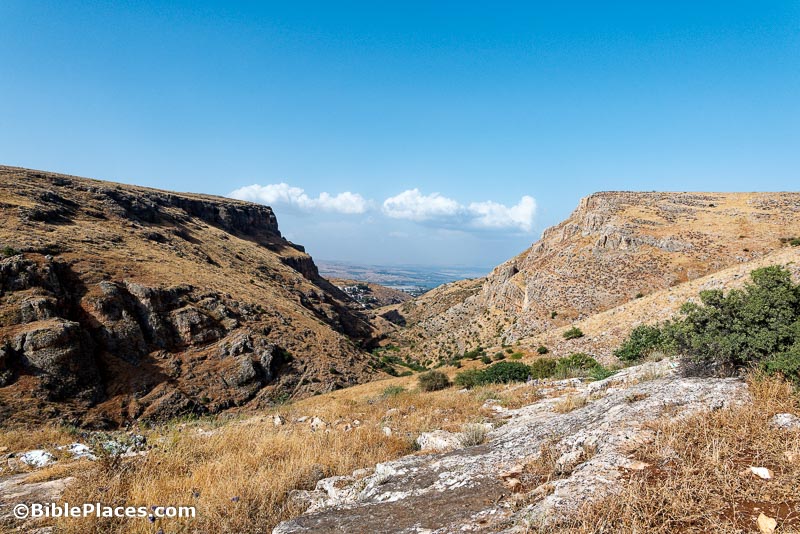“A team of Israeli physicists and archaeologists is now attempting to track the movement of subatomic particles called muons to map a complex array of ancient tunnels, cisterns and other underground voids beneath Jerusalem.”
Ancient rock engravings at Timna Park are now being studied using 3-D micromorphological characteristics of the incisions.
A new study questions the view that there were Jewish gladiators in the Roman empire. The underlying journal article is here.
Noam Aharon has created a map of the kingdom of Ugarit, c. 1300 BC. Bibliographic references are here. Permission is granted for non-commercial use.
“A bronze head of Emperor Septimius Severus on display at a Copenhagen museum has become a bone of contention between the Danish museum and Turkey, which claims it was looted during an archaeological dig in the 1960s and wants it back.”
Turkish Archaeological News rounds up the top stories for the month of June.
Ferrell Jenkins explains the possibility that Paul visited Adramyttium.
“A new virtual reality (VR) app which takes users on a journey back in time to Ancient Greece where they are able to experience first-hand what it was like to consult with the Greek god Zeus at the Oracle of Dodona has been developed by a team of academics led by the University of Bristol.”
Timothy P. Harrison has been appointed director of the University of Chicago’s Institute for the Study of Ancient Cultures, West Asia & North Africa (ISAC; formerly Oriental Institute).
Open access from Brill: Ancient Egypt, New Technology: The Present and Future of Computer Visualization, Virtual Reality and Other Digital Humanities in Egyptology, edited by Rita Lucarelli, Joshua A. Roberson, and Steve Vinson (free pdf; hardback $174)
Free download on Academia: Cultural Atlas of Mesopotamia, by Michael Roaf
Heinz-Wolfgang Kuhn, one of the first to engage with the archaeological research of Bethsaida, died last week.
Aren Maeir is guest on the What Matters Now podcast, discussing archaeology in the shadow of Indiana Jones. The link includes a transcript.
Nathan Steinmeyer explains why archaeologists love Indiana Jones.
HT: Agade, Arne Halbakken, Joseph Lauer, Explorator, Alexander Schick
I’m thankful that the Tabernacle Model in Timna Park is still going strong after nearly 25 years, though one could wish that the Park authorities could park their RVs somewhere else.



